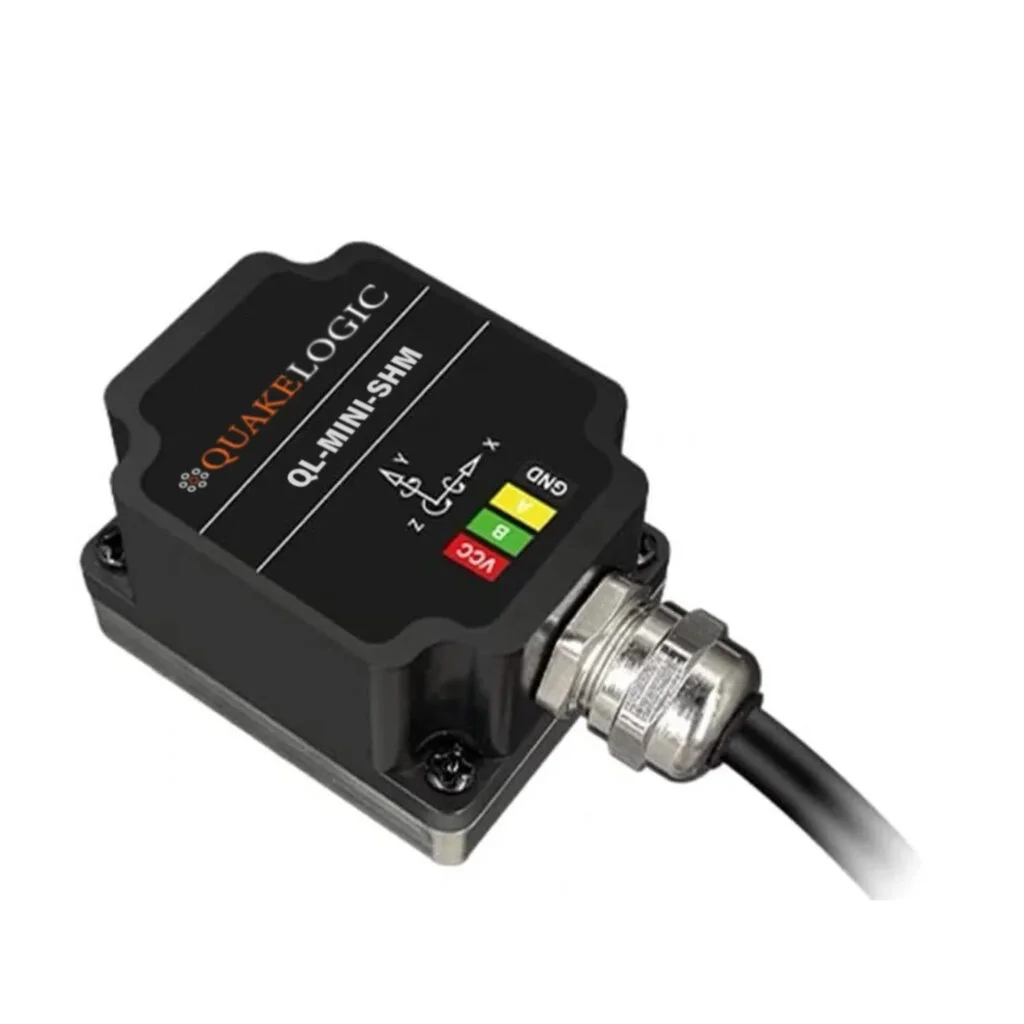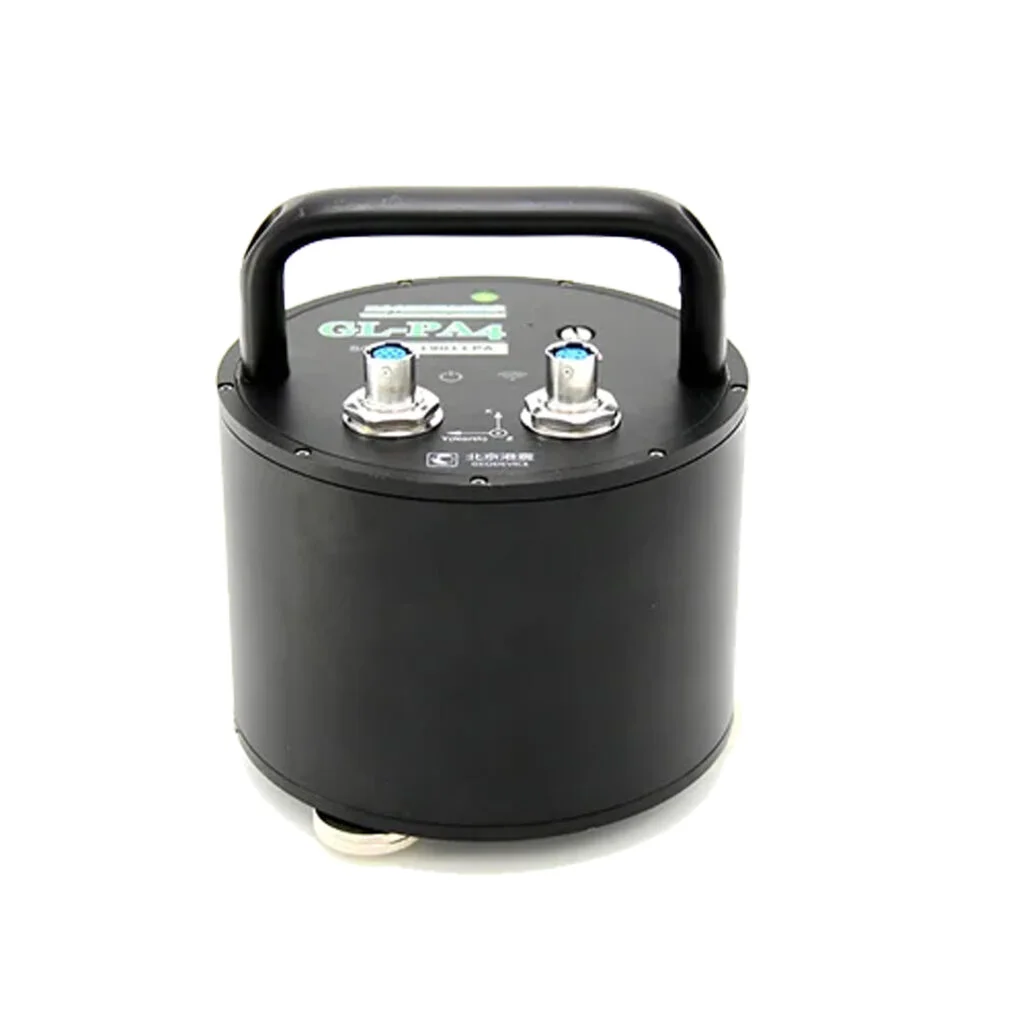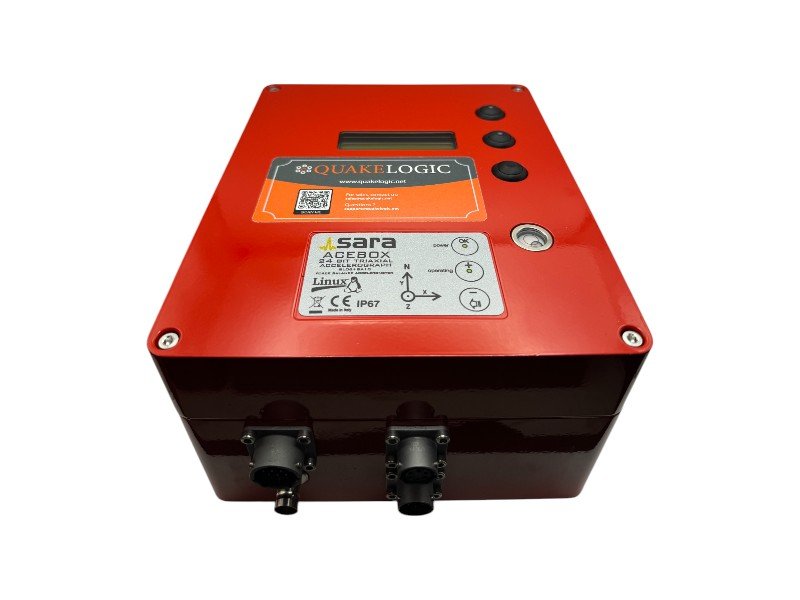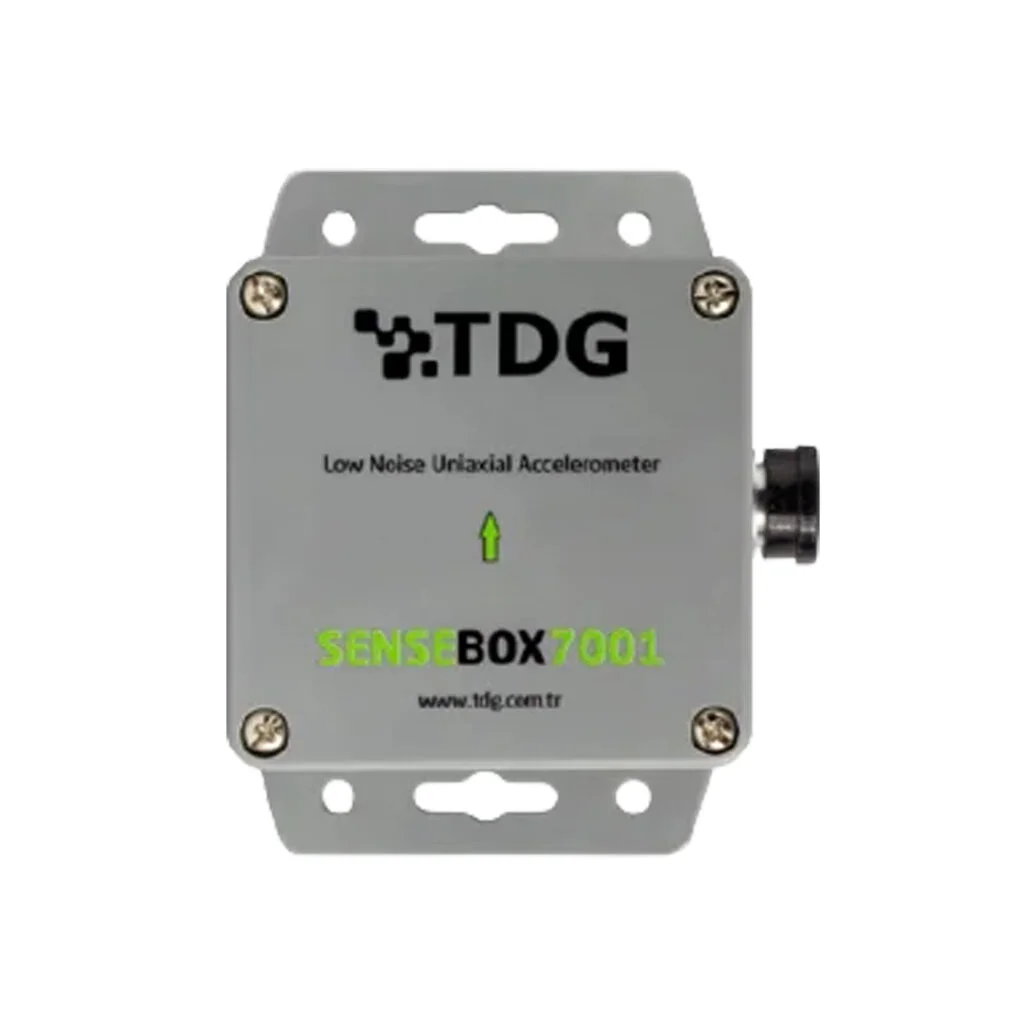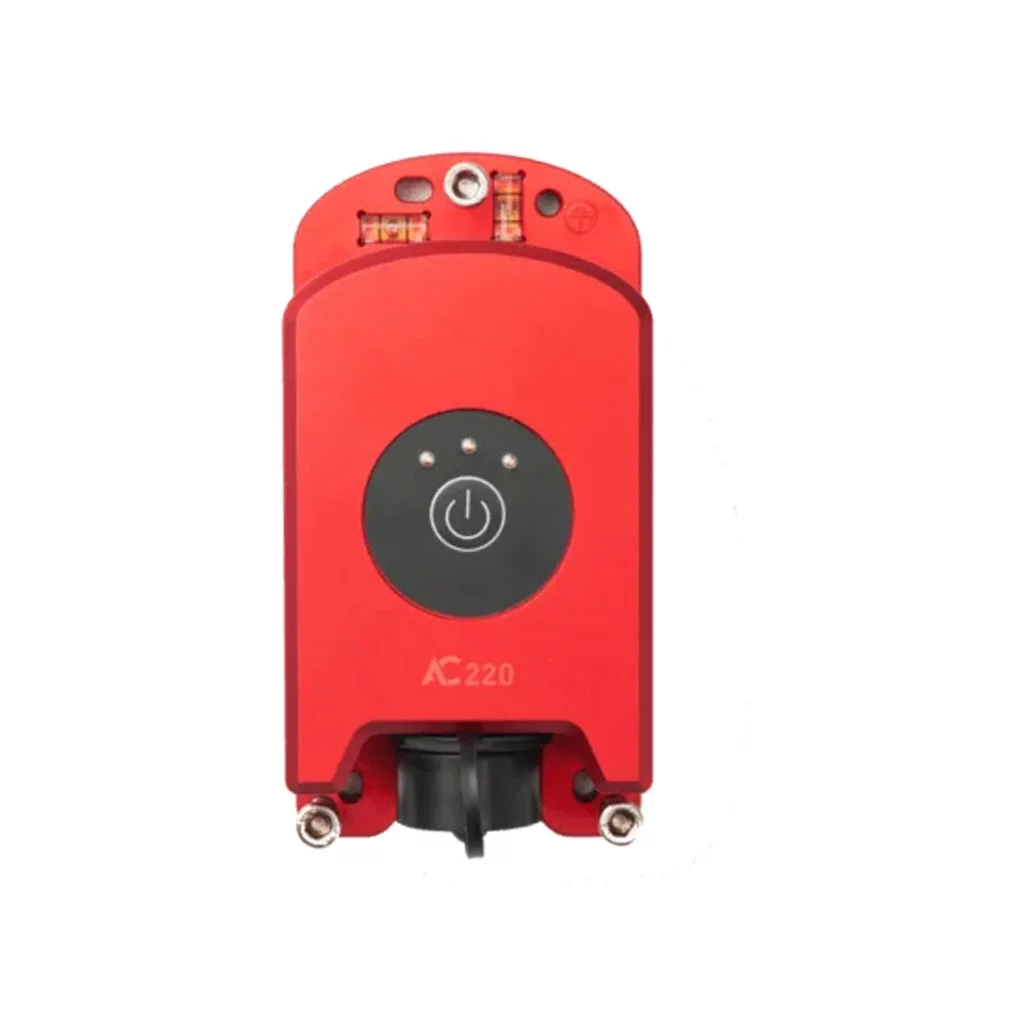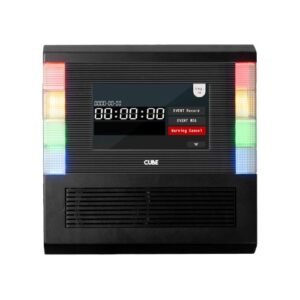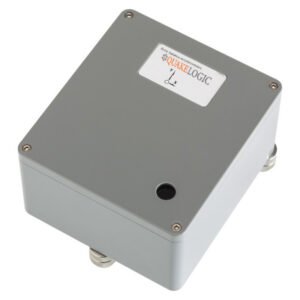Currently Empty: $0,00

GEO-OBS60/120HU-C: SUBMARINE SEISMIC AND HYDROACOUSTIC OBSERVATION
The cable-type wide-band seafloor seismic and hydroacoustic observation unit is a multi-component real-time three-dimensional seafloor observation system integrating acoustic and vibration detection. The system integrates a 3-component wide-band seismometer (120s-80Hz), two 4-component hydrophones, and a 9-component attitude reference unit. The seismometer can be automatically leveled internally and has an anti-drag protective cover on the outside.
The system is based on the embedded design of ARM9 processor and Linux operating system. It has powerful data storage management capabilities and data service capabilities. It supports NTP and IRIG-B code timing to ensure time accuracy during long-term continuous detection.
OVERVIEW
Description
The seismometer has a built-in low-noise, high-performance three-way wide-band seismometer, which is composed of three force-balanced feedback-type displacement transducer pendulums evenly distributed along the circumference. The system can monitor the zero point and tilt angle of the seismometer in real time. When it exceeds the range, it can make adaptive adjustments, including horizontal adjustment, seismometer opening, locking, and zero adjustment.
APPLICATION AREAS
It is suitable for seismic exploration and seismic observation with transmission conditions in shallow seas and islands, which helps to understand the internal structure of the earth; through microseismic observation, it can monitor the occurrence of major earthquakes and serve for earthquake prediction and submarine engineering (such as submarine oil field development); research on large Characteristics of seismic activity and tectonic activity in areas such as ocean ridges, ocean basins, and trenches; investigating the crustal structure of the continent-ocean transition zone to reveal the mechanism of plate subduction, etc.
WORKING PRINCIPLE
The sockets on both sides of the broadband seabed seismometer are connected to the hydrophones, and the middle socket is connected to the shore base station or connection box. The interior consists of a seismometer, a leveling mechanism, an attitude reference unit, an acquisition module, a long-distance communication module, etc. .
The seismometer is a system in which mechanics and electronics are coupled to each other. It adopts a force-balanced electronic-mechanical integrated feedback system to achieve recording requirements of wide frequency band and large dynamic range. When the seabed motion is transmitted to the seismometer frame, the displacement transducer converts the displacement change of the pendulum relative to the frame into a voltage. After amplification, detection, and integration amplification, the signal is generated through the feedback network circuit and is proportional to the ground motion acceleration. The current drives the feedback coil in the enclosed magnet, thereby generating a force that balances the inertial force of the pendulum. The feedback circuit consists of three branches: integral, differential and proportional. The closed-loop transfer function of the seismometer is mainly determined by the feedback network. The signal output of the three-dimensional sensor (UVW) is proportional to the ground motion velocity. After coordinate transformation, the conversion of orthogonal signals (XYZ) is realized.
REQUEST A QUOTE
You may also like…
RELATED PRODUCTS
REFERENCE CUSTOMERS


















































































































